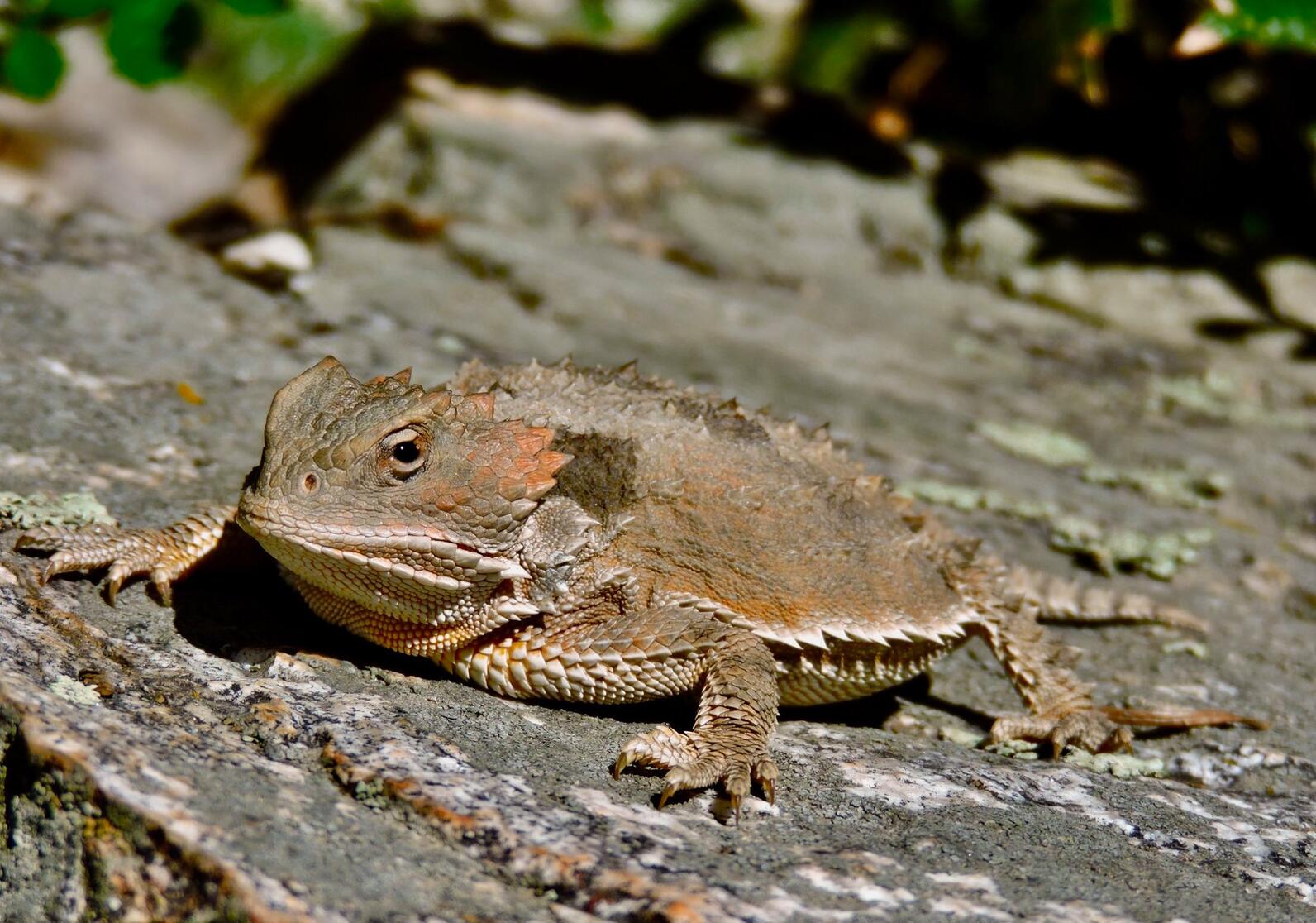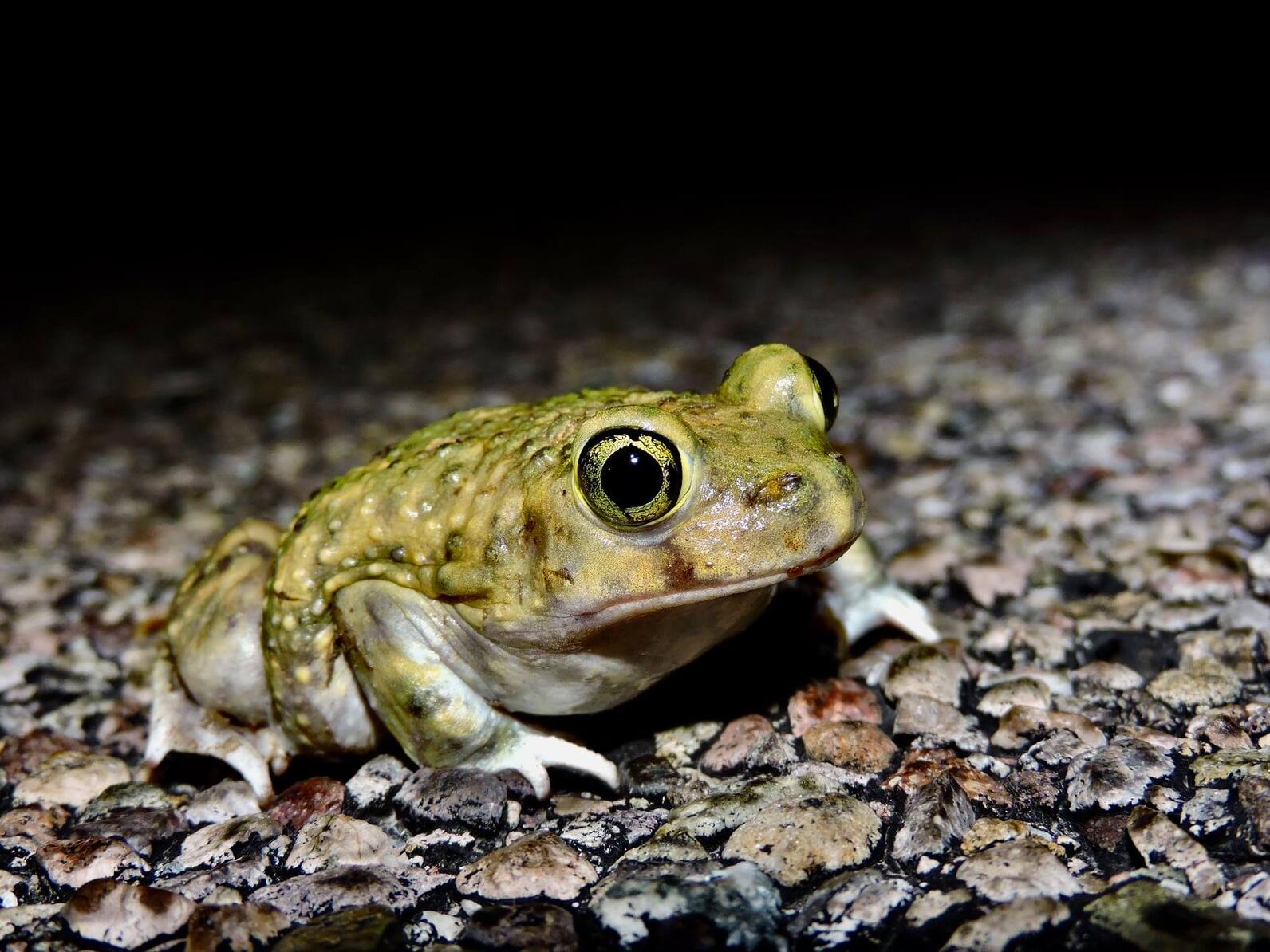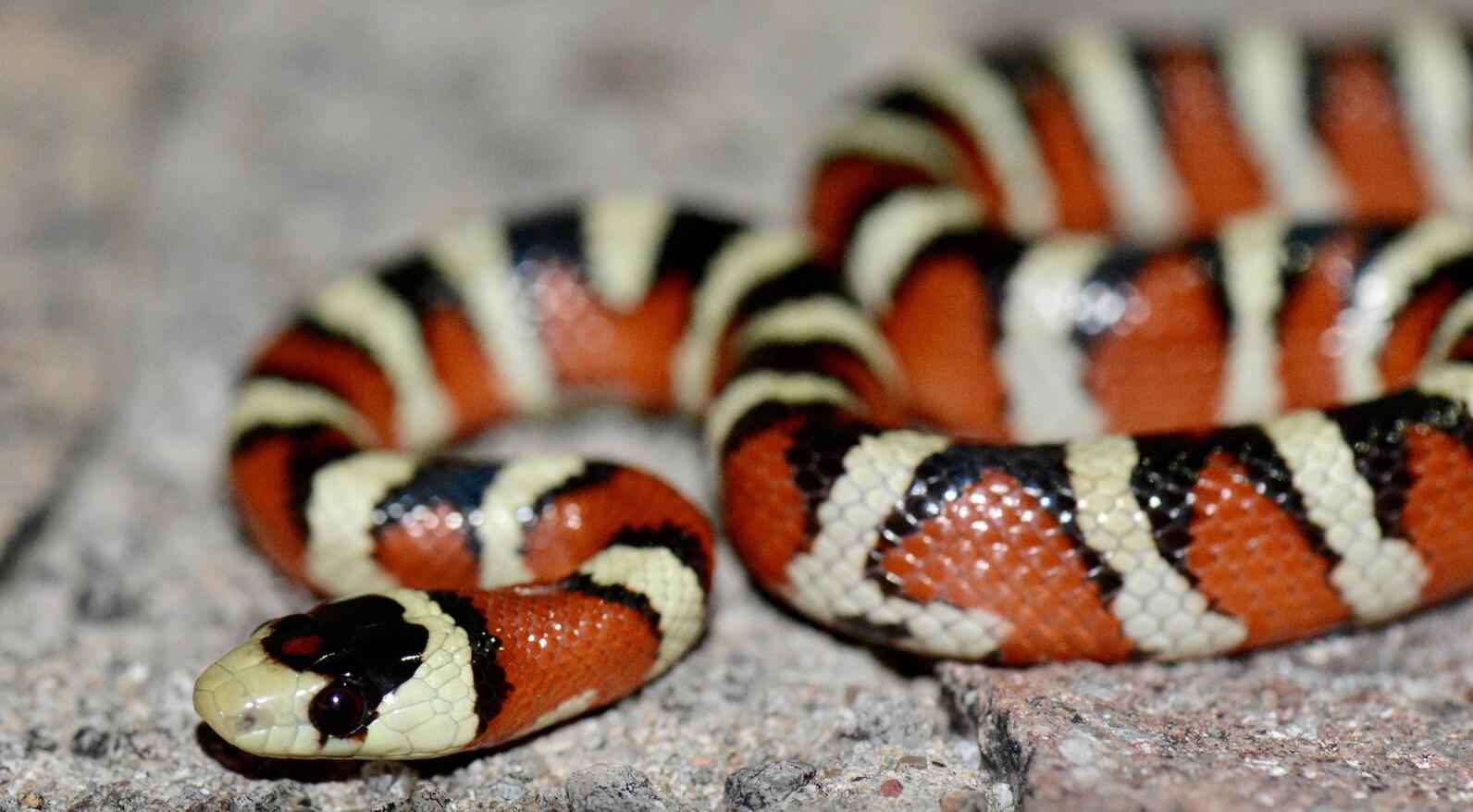Sooner than you expect, our bright and impossibly hot summer days yield to oppressive humidity, bruised skies, and unforgettable sunsets or lightning storms. The creatures of mid-summer appear, many of them for only a brief time, so don’t miss this unique season in the desert southwest.
Respect, not fear, should be your constant companion on monsoon hikes. Expect snakes, scorpions, tarantulas, and a plethora of weird bugs. You won’t always encounter them but be prepared by wearing closed-toe shoes and having a light source after dark. Never place your hands where you can’t see them or provoke the wildlife you encounter to perform for your social media account—lame!
Soak in the experience even as you are likely to be soaked to the skin. Summer rain in the southwest has distinct smells that are as fleeting as the season: creosote and sage in the desert, sweet clover in the grasslands, sun-washed pines in the mountains. The rain births fungi and flowers, stimulates insect hatching, and awakens tiny toads buried deep in the earth. Bring a hiking umbrella (no metal, please) and keep your eyes and ears peeled for the treasures listed below.
Harvester Ants: Much more than an annoyance, ants help weave our ecosystem’s fabric. In general, they have complex social systems, are impossibly strong, and communicate in ways humans are still discovering. As the name suggests, Harvester Ants appear most noticeably in monsoon times to collect seeds for storage. They protect their granaries from rodents by biting ferociously with venom especially effective against mammals (yes, like you). If you’re bit, you’ll know—the burning pain is followed by weird numbness, then terrible itching! Bottom line: watch these frenetically busy creatures from a distance.

Short Horned Lizards: Where there are ants, one often finds a round, crowned creature of the ground. At once both magnificent and adorable, they sit motionless near anthills with half-lidded eyes feigning sleep while awaiting a stream of ants to not notice them. Because their diet is comprised entirely of ants, their poop is unmistakable. Look for crumbly black columns that break apart easily into desiccated ant bodies. The southwest is home to about 10 species of horned lizards, and they vary considerably in appearance, but the Short Horned has the widest range encompassing a significant elevation variation.

Couch’s Spade-foot Toad: This classic monsoon marvel spends most of the year buried underground. Thunder and hard rains awaken the little ones, and they magically appear by the bucketful in ephemeral ponds. Like bleating sheep, they call loudly and persistently to attract mates and quickly breed so eggs can develop before puddles dry up. Equipped with tiny nails on their back feet, they can dig deeply into the soft mud as their name suggests, and thereby escape the baking sun and lack of moisture present most of the year.

Madrean Mountain Kingsnake: Kingsnakes eat other snakes, thus the royal title. The Madrean Mountain is one of the southwest’s most handsome striped snakes. The old adage “red on black is a friend of Jack, red on yellow, can kill a fellow” is quite true and helps tell the venomous (and much smaller) Coral Snake from a King. Never mind though, because all snakes can bite, and you wouldn’t touch one anyway, right? Remember that after rains, it is common for all snakes to lay on paved surfaces like roads to warm up. Please watch for them and slow down!
Common Nighthawk: Cryptically colored like owls, but built like dancers, these aerial acrobats rule the summer along with other members of the nightjar family. Insectivores that feed on the wing, they possess Muppet-like large mouths to scoop up bugs on summer evenings. Look for them under stadium lights and think twice before putting out the bug zapper or insecticide fogger. We all gotta eat!
Western Yellow-billed Cuckoo: Nicknamed the Rain Crow, this riverside-dwelling ghost postpones nesting until the hottest, stickiest summer days when insect productivity is at its peak. Secretive and declining range-wide, you likely won’t see a cuckoo in the west, but you may hear their call if camping stream side. Imagine clapping two hollow wooden sticks together: “kuk, kuk, kuk”.
Animals tightly tuned to the seasons are having a tough go of it as our climate changes and becomes far less predictable for their internal time clocks. Do your part to help them by enjoying monsoon creatures and not harming them. Instead learn more about their natural history and educate your family and friends. Happy SSSSSummer!





